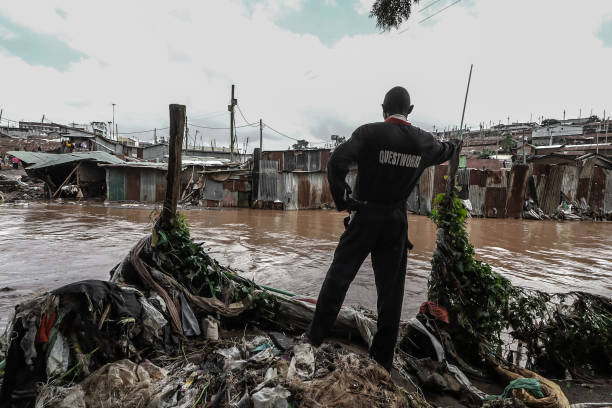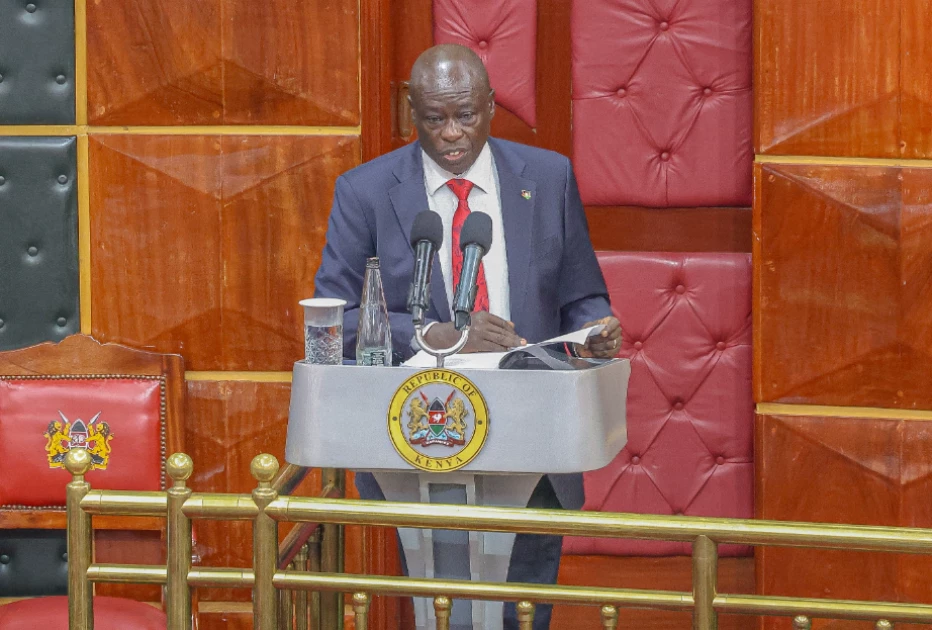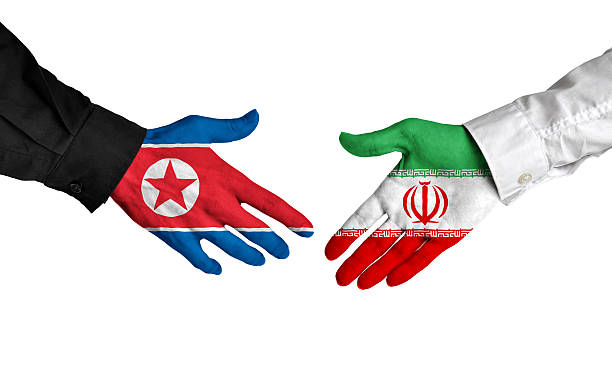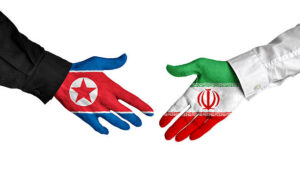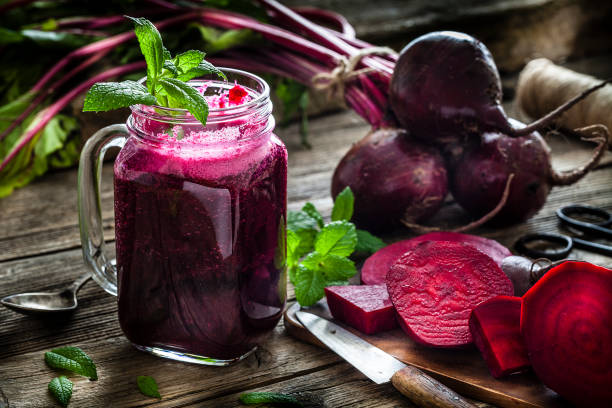Nausea is an uncomfortable sensation that can make you feel like you’re on the verge of vomiting. It can be a symptom of various health issues, ranging from mild to serious. Understanding the common causes of nausea can help you find relief and prevent it from recurring. Here, we explore some of the most common causes of nausea and provide tips on how to manage it.
Motion Sickness
Motion sickness is one of the most common causes of nausea. It occurs when there’s a disconnect between what you see and what your body senses, such as when you’re traveling by car, boat, or airplane.
Solution:
To minimize motion sickness, sit in the front seat, focus on a stable object in the distance, and try not to read or look at screens while moving. Over-the-counter medications, like Dramamine, can also be effective.
Gastroesophageal Reflux Disease (GERD)
GERD occurs when stomach acid flows back into the esophagus, causing irritation. This can lead to a feeling of nausea, along with symptoms like heartburn and an unpleasant taste in the mouth.
Solution:
Avoid trigger foods like spicy, fatty, or acidic foods. Eating smaller meals and avoiding lying down immediately after eating can also help manage GERD symptoms. If symptoms persist, consult a healthcare provider who may recommend medications to reduce acid production.
Food Poisoning
Consuming contaminated food or drinks can cause food poisoning, which often leads to nausea, vomiting, and diarrhea. Food poisoning is usually caused by bacteria, viruses, or parasites that infect the digestive system.
Solution:
Stay hydrated and rest to allow your body to recover. Over-the-counter medications may alleviate symptoms, but if they persist for more than a day, seek medical attention. Always practice good food safety habits, such as washing hands, cooking food thoroughly, and storing food properly.
Pregnancy
Nausea, particularly in the morning, is a common symptom of pregnancy, especially during the first trimester. Known as “morning sickness,” it’s triggered by hormonal changes and can occur at any time of the day.
Solution:
To ease pregnancy-related nausea, try eating small, frequent meals, and avoid foods with strong odors. Ginger tea or ginger candies can be soothing as well. Consult your healthcare provider before taking any medications during pregnancy.
Anxiety and Stress
Emotional stress and anxiety can trigger a “fight or flight” response, releasing stress hormones that can affect the digestive system. This can lead to symptoms like nausea, especially if you’re feeling anxious about something specific.
Solution:
Practice relaxation techniques, such as deep breathing exercises, meditation, or yoga, to manage stress and anxiety. Regular physical activity and adequate sleep can also help reduce anxiety levels. If symptoms persist, consider talking to a mental health professional.
Migraine
Migraines are severe headaches that can be accompanied by other symptoms, including nausea and sensitivity to light or sound. The exact cause of migraine-related nausea isn’t fully understood, but it’s believed to be linked to brain chemical changes during an attack.
Solution:
Taking over-the-counter pain relievers at the onset of a migraine can help reduce symptoms. Lying in a dark, quiet room and applying a cold compress to your forehead may also provide relief. If migraines are frequent, consult a healthcare provider for preventative treatment options.
Food Intolerances
Some people experience nausea after eating certain foods due to intolerances, such as lactose or gluten intolerance. These intolerances cause difficulty in digesting specific substances, leading to symptoms like nausea, bloating, and stomach pain.
Solution:
If you suspect a food intolerance, try keeping a food diary to track what you eat and any symptoms that follow. Eliminating trigger foods from your diet can help prevent nausea and other discomforts. For persistent issues, consult a dietitian for guidance.
Medications
Nausea is a common side effect of many medications, including antibiotics, pain relievers, and certain vitamins or supplements. This often occurs because the medication irritates the stomach lining.
Solution:
Take medications with food if recommended, and avoid lying down immediately after taking them. Speak with your doctor if nausea persists, as they may be able to adjust the dosage or prescribe an alternative medication.
Final Thoughts
While nausea can be unpleasant, understanding the cause can help you take steps to prevent it and find relief. Making simple lifestyle changes, such as adjusting your diet, practicing stress management, and avoiding triggers, can go a long way in managing nausea. However, if nausea is frequent or severe, it’s important to consult a healthcare provider to rule out any underlying health conditions.


